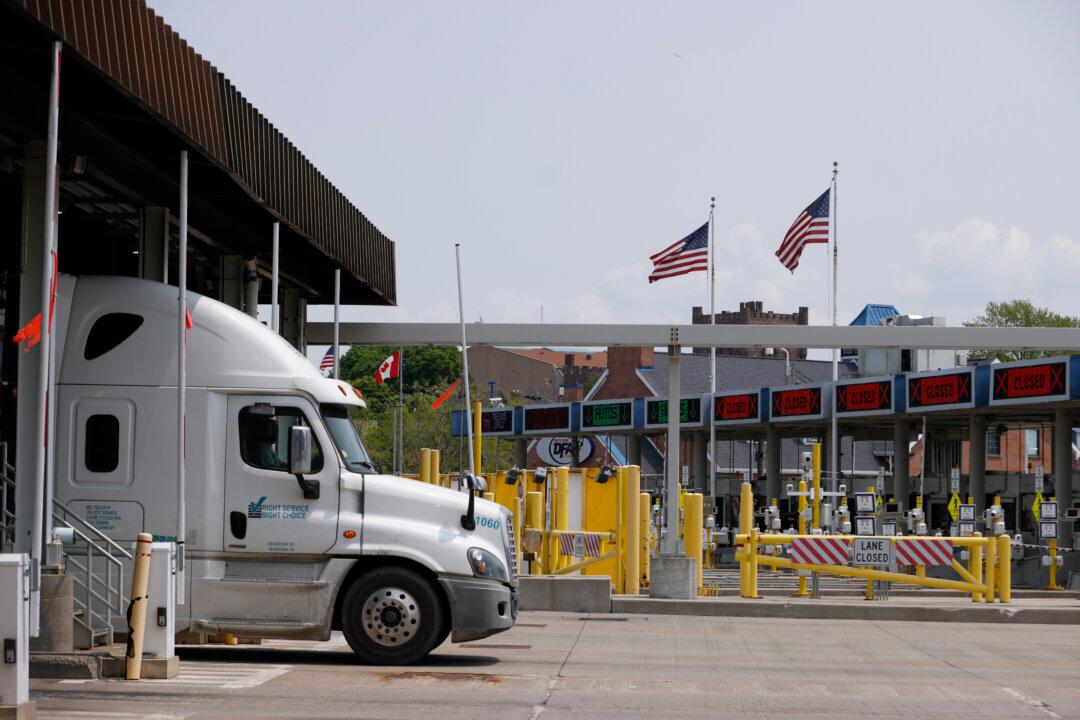Canada could be just a few days away from having 25 percent tariffs on all exports to the United States as Donald Trump becomes president on Jan. 20.
While Canada has attempted to dissuade the United States from imposing the tariffs by boosting border security, the incoming president has reiterated his comments about imposing “substantial” tariffs on Canada.





